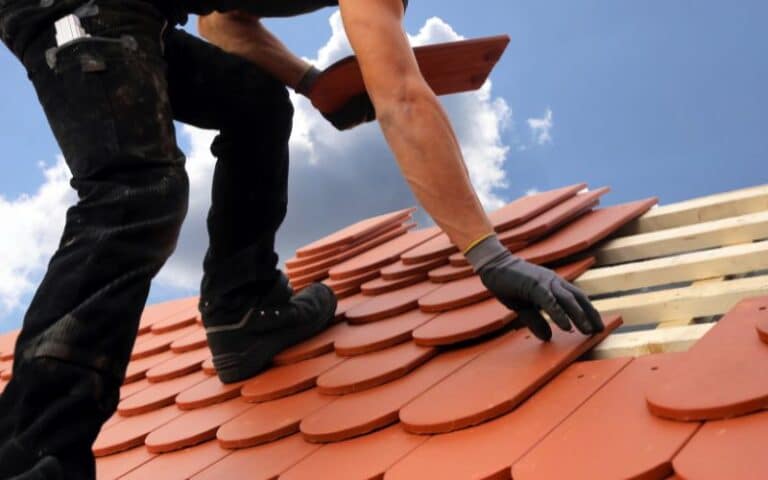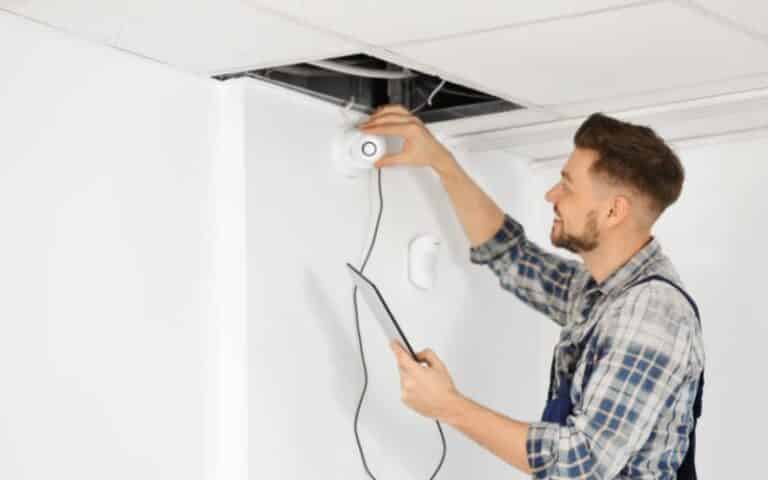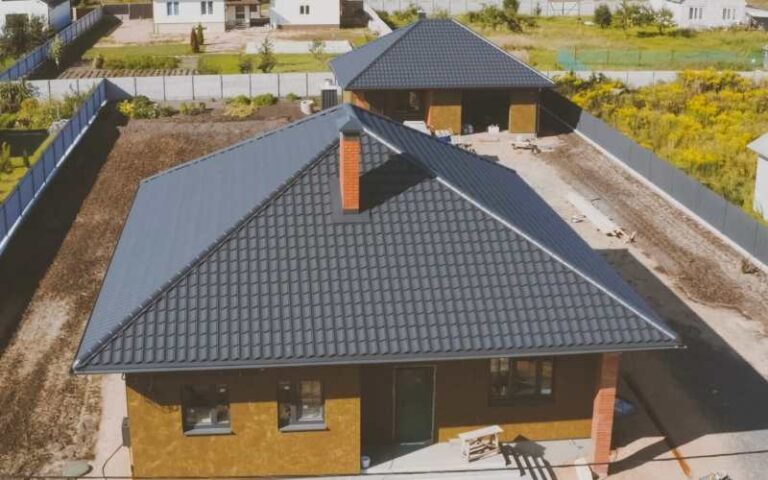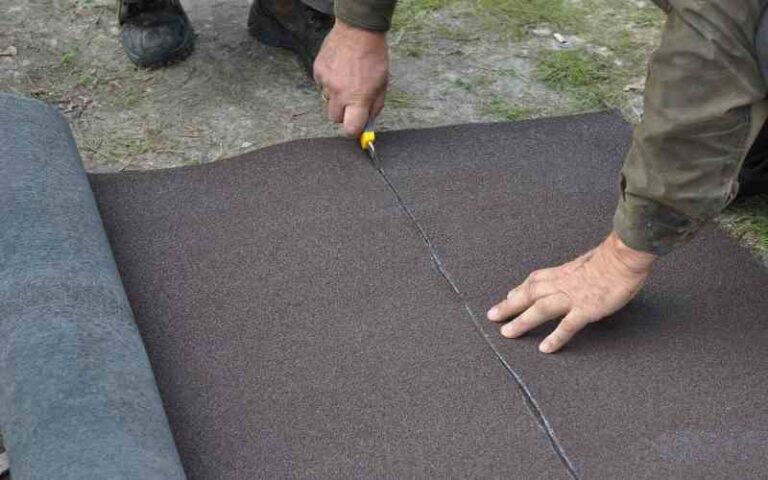If you’ve chosen vinyl plank flooring for your home, you might have come across the question of whether or not to use roofing felt under it.
For perfect vinyl plank flooring, one key requirement is to pair it with the most suitable underlayment. But is it roofing felt? If yes, then why?
Below you’ll find the answers to your questions and the top reasons to use roofing felt under vinyl plank flooring!
Ready for a Roofing Quiz?
Can You Use Roofing Felt Under Vinyl Plank Flooring?
Roofing felt is indeed one of the best and the most available underlayments. In fact, many organizations have included it in their recommendations for roofing and water protection, and many building codes also require its use.
However, vinyl plank flooring is characterized by its self-sustainability and that it can function properly without an underlayment. If it’s true then why use roofing felt under vinyl plank roofing?
Indeed, vinyl plank flooring is quite common and among the best choices due to its low-cost, looks, variations in patterns and thicknesses, and easy accessibility and installation. However, with how common it is, comes the question of whether or not to use an underlayment with it.
So before we discuss the reasons to use roofing felt under vinyl plank flooring, let’s find out when to install it!
When Does Vinyl Plank Flooring Need Underlayment?
As the name indicates, an underlayment is simply a layer of a specific material used under the surface flooring of a building.
It is made of different materials and is usually manufactured in single rolls or sheets to be laid on the floor and installed between the base structure (Concrete or wooden) and the finished floor surface.
Vinyl planks are water-resistant and low-priced as compared to other flooring options. In addition, you can find them easily at your nearest depot, and they are also easy to install.
However, one of the setbacks is that vinyl planks are not eco-friendly. Plus, they need a perfectly leveled surface to be installed and require you to be very cautious in selecting the material for under-leveling. Otherwise, moisture or heavy furniture may break or damage it.
Although the underlayment is not necessarily a need in vinyl flooring, it may be required depending on the building’s waterproofing, acoustic, and other needs.
In addition, there are homeowners’ associations or the city/county’s housing authorities that every homeowner has to follow. If they include a specific STC and IIC value range, then you must incorporate underlayment in your vinyl plank flooring.
Another major reason why your vinyl flooring may need underlayments is its thickness. If it’s thin, you need to use a layer beneath it.
A thin vinyl flooring may flex and blend easily, or have curve indentation due to point loads of furniture feet. Also, you might not prefer the “soft bouncy” feel that think vinyl flooring offers.
Adding an acoustic underlay beneath such thin flooring provides durability and stability to it and prevents it from flexing. Depending on its material and thickness, the underlayments perform differently acoustically.
The base structure or subfloor also determines whether or not your vinyl flooring requires underlayments. If it is made of concrete, your vinyl flooring certainly needs underlays to provide it with an added layer of cushioning and a moisture barrier.
Plus, adding underlays also helps with the floor insulation in winter when the concrete base gets colder.
In the case of wood structures, waterproofing is not an issue. However, underlayments provide stability, cushioning, and soundproofing when installed on wooden floors.
Remember that vinyl plank flooring is self-sustainable and can go well without underlayments.
But if your vinyl flooring is thin and your home’s waterproofing and other needs require you to incorporate a surface under it, roofing felt might be the best choice for you.
Related: Tec Self-Leveling Underlayment Cracking? (Easy Fixes)
Here’s why!
5 Reasons to Use Roofing Felt Under Vinyl Plank Flooring
It is Eco-Friendly
The best reason to use roofing felt under vinyl plank flooring is its eco-friendliness. It is made of natural eco-friendly materials, such as wood, fiberglass, or polyester.
It is Waterproof and Reliable
Roofing felt repels water and therefore creates a moisture barrier, giving a strong base to your vinyl flooring. This prevents your floor from moisture buildup and any possible water damage.
Plus, the durability and non-toxic material of roofing felt make it the best surface option to lay under vinyl plank flooring.
It is Easily Available
You can get roofing felt easily from your nearest depot. No more hassle of looking for the material and waiting for weeks to start the installation process. Once you decide to install it, you can get it within two or three days
It has Low Cost
When looking for flooring material, you always prefer to choose the best option that is also on the budget side. Compared to other roofing options, roofing felt is low prices that will save you money, and keep your overall project cost low.
It is Easy to Install
Its easy to install aspect makes it one of the most favored roofing options. It is simply laid out straight on the floor and stapled along the roof’s bottom.
Conclusion!
Where vinyl plank flooring is one of the best flooring options available in the market right now, roofing felt is indeed the best and the strongest surface layer to pair it with. It is indeed the right choice for you if added stability, cushioning, durability, and waterproofing are your top roofing needs!






